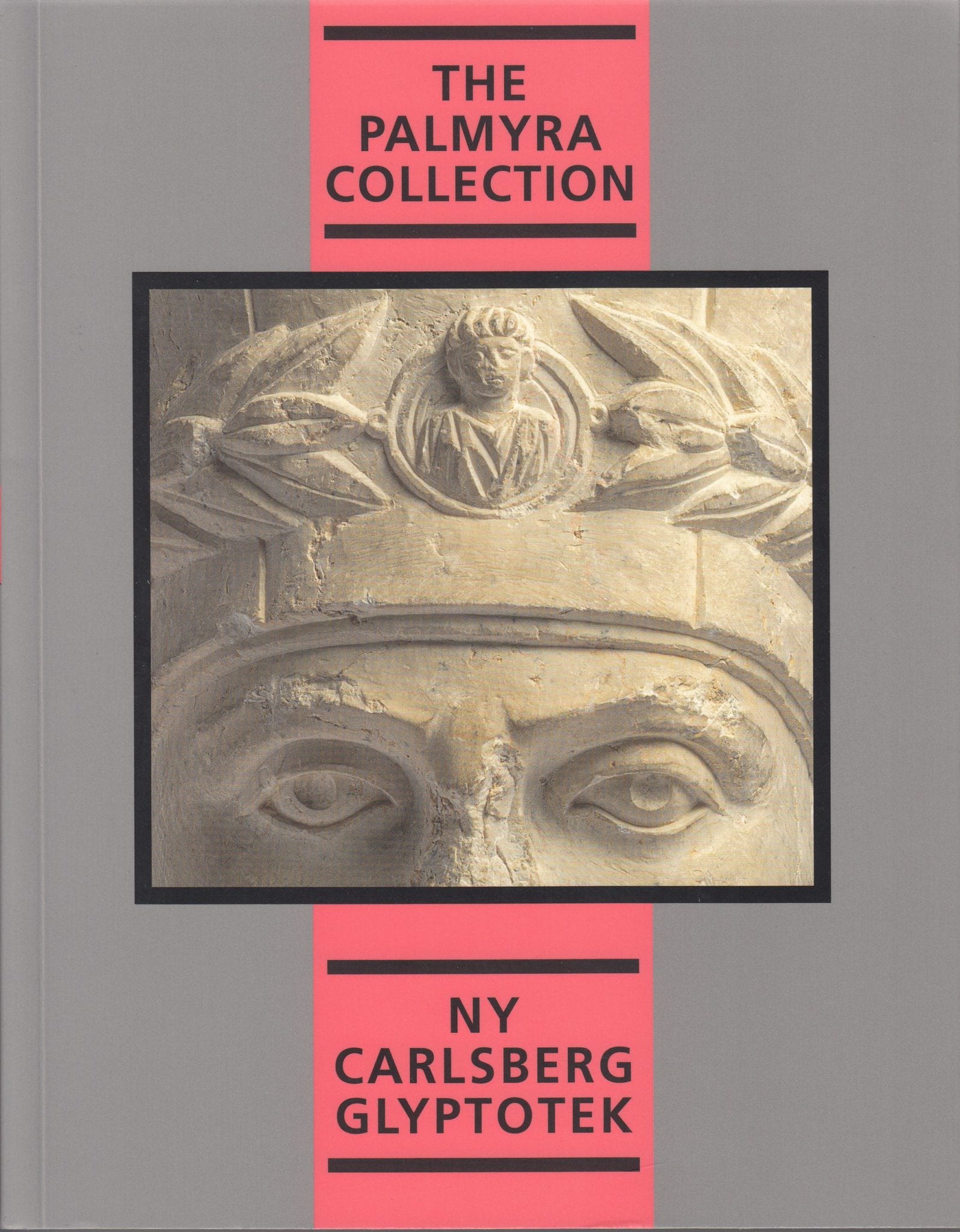Systematising the Study of Portraits
When excavating in Palmyra, Harald Ingholt made thorough records. These records are the basis of a large database compiled by the Palmyra Portrait Project since 2012. Research Assistant Julia Steding takes stock of the work done so far and the many possibilities generated by the database.


By Research Assistant Julia Steding
The Ingholt Archive and the database
The large Ingholt Archive served as a basis for the database, which will become available online in the near future. Harald Ingholt documented the objects he found during excavations in the 1920s and 1930s as well as objects he located in collections in later years, and the Ingholt Archive consists of archive sheets with this information. All the information on the objects that could be drawn from these archive sheets were added to the database. Every portrait got an entry related to the museum or collection it is located in or the tomb it is or was situated in. Once all the information was in the database, the project members also visited various collections in order to measure the objects and gather all information necessary for a systematic study of the material. In addition, all portraits that have been published – decades ago and recently – are added to the database. It is an ongoing process, and today around 4,000 portraits are known. They are spread across museums and collections in more than thirty countries worldwide. Some of the information documented by the project is the object’s size and date and the inscriptions found on the object. Detailed descriptions of the face, hair, clothes, attributes and jewellery are made.
So far, parts of the corpus have been studied, and the project has held workshops and conferences on various topics on Palmyrene identity and culture, resulting in multiple publications involving international scholars’ contributions.
New publications – new insights
The large number of portraits as well as the documentation of details, like attributes held by males and females and the background decorations, allow for extensive studies. One example is the book on the funerary representation of Palmyrene women by Signe Krag from 2018. In this book, the diversity of female depictions is studied in detail, and statistics on the various kinds of jewellery and attributes are compiled. The book is a great addition to the study of portraiture from the Roman period and would not have been possible in the same way without the collection of objects in the database. Furthermore, multiple museum collections could be published or re-published. This is the case for the collection of the Musei Vaticani in Rome (Krag, Raja and Yon 2019) and the Ny Carlsberg Glyptotek in Copenhagen (Raja 2019).
In total, more than 100 publications have come out of the project’s work. This substantial output adds greatly to our knowledge of Palmyrene sculpture and culture.
Rubina Raja also initiated two book series. The first one is Palmyrene Studies (published by the Royal Danish Academy of Science and Letters) with three volumes already published. The second series, Studies in Palmyrene Art and Archaeology (published by Brepols Publishers), will include publications on archaeology, history, historiographic and cultural heritage, as well as museum and collection studies.
Once completed, the corpus of Palmyrene portraits, which will include all known loculus reliefs, stelai, sarcophagi and banquet reliefs, will be published by Rubina Raja and Jean-Baptiste Yon.
What else can be explored?
The large number of portraits also makes it possible to venture into new research areas. We can ask new questions and look at the material with different eyes. One of these new research approaches has been explored by Research Assistant Nathalia B. Kristensen a few weeks ago, namely the research on family relations of the Palmyrenes. Another discussion is the production of the portraits, which is the main topic of Julia Steding’s PhD thesis (for her project see here): only through the immense effort of the project members in the last years, collecting all the available data on this huge group of portraits, it was possible to study economical patterns and the way Palmyrene carvers worked and how this changed during three centuries.
The database is a great tool to explore the large number of portraits systematically. Through the search function, it is possible to get a great overview of all objects that share one certain feature and to study the portraits within their chronological group. Patterns in the depiction as well as in the way they are made can be revealed by working out parallels and differences. Due to the detailed documentation, it is easy to filter the whole corpus for certain characteristics and to access all available information. This will hopefully be a useful tool for researches with an interest in the portraits of Palmyra in the future.
The project is funded by the Carlsberg Foundation and under the direction of Professor Rubina Raja. If you want to know more about the Palmyra Portrait Project, the main aims of the project, and further publications, see the project webpage.
Mentioned Publications
Krag, S. (2018): Funerary Representation of Palmyrene Women. From the First Century BC to the Third Century AD (Turnhout: Brepols).
Krag, S., Raja, R. and Yon, J.-B. (2019): The collection of Palmyrene funerary portraits in the Musei Vaticani. Notes and observations, Bollettino dei monumenti musei e gallerie pontificie. Supplemento n. 4 (Vatican: Edizioni Musei Vaticani).
Raja, R. (2019): The Palmyra Collection: Ny Carlsberg Glyptotek (Copenhagen: Ny Carlsberg Glyptotek).
